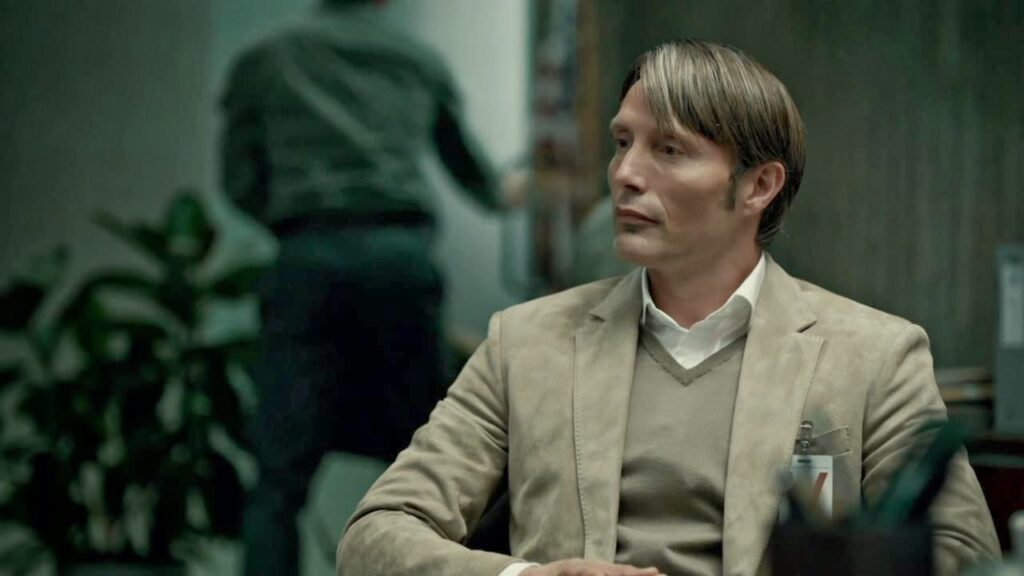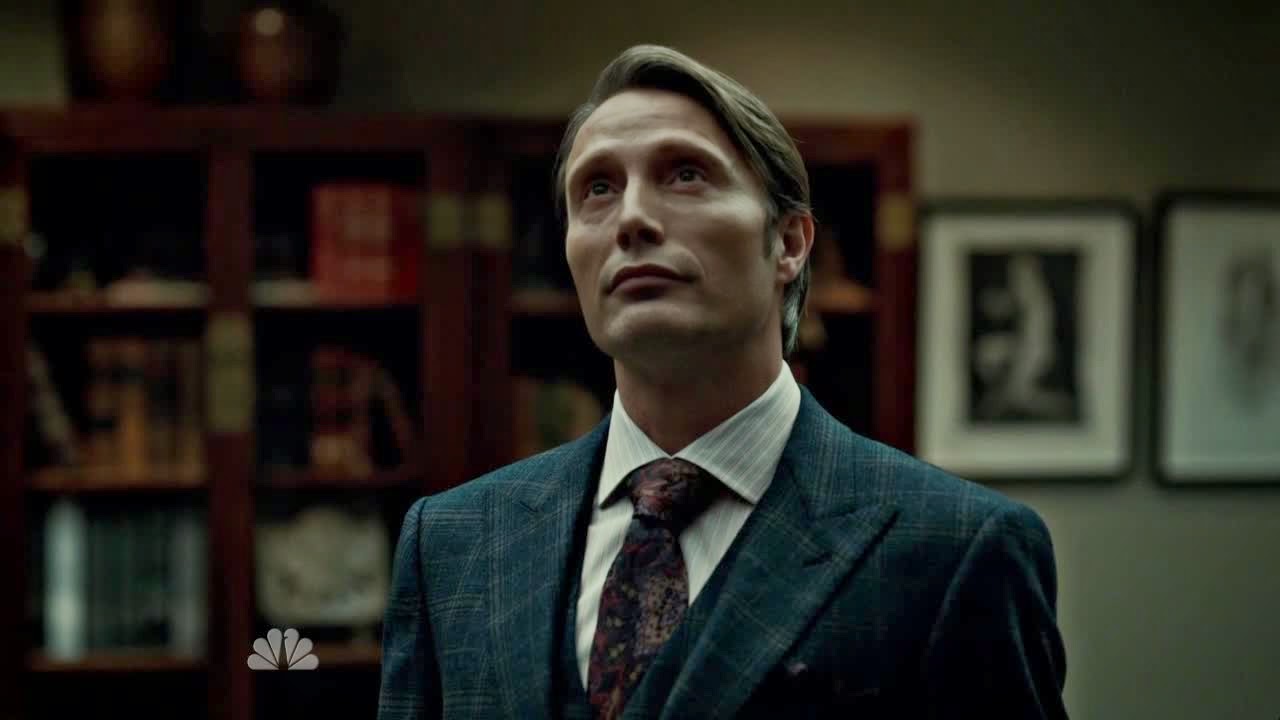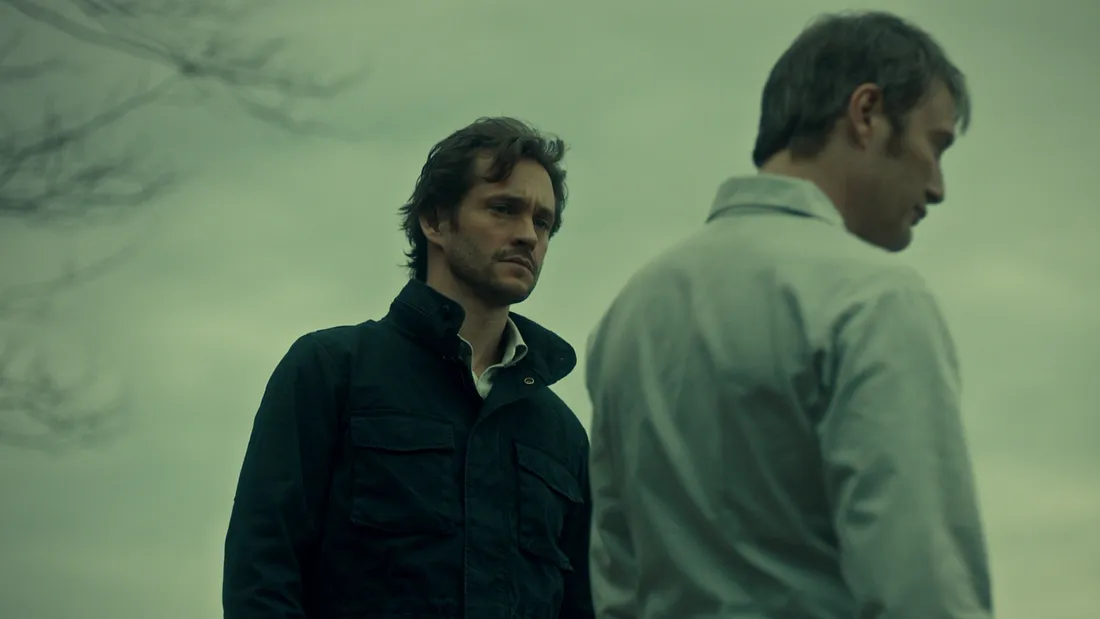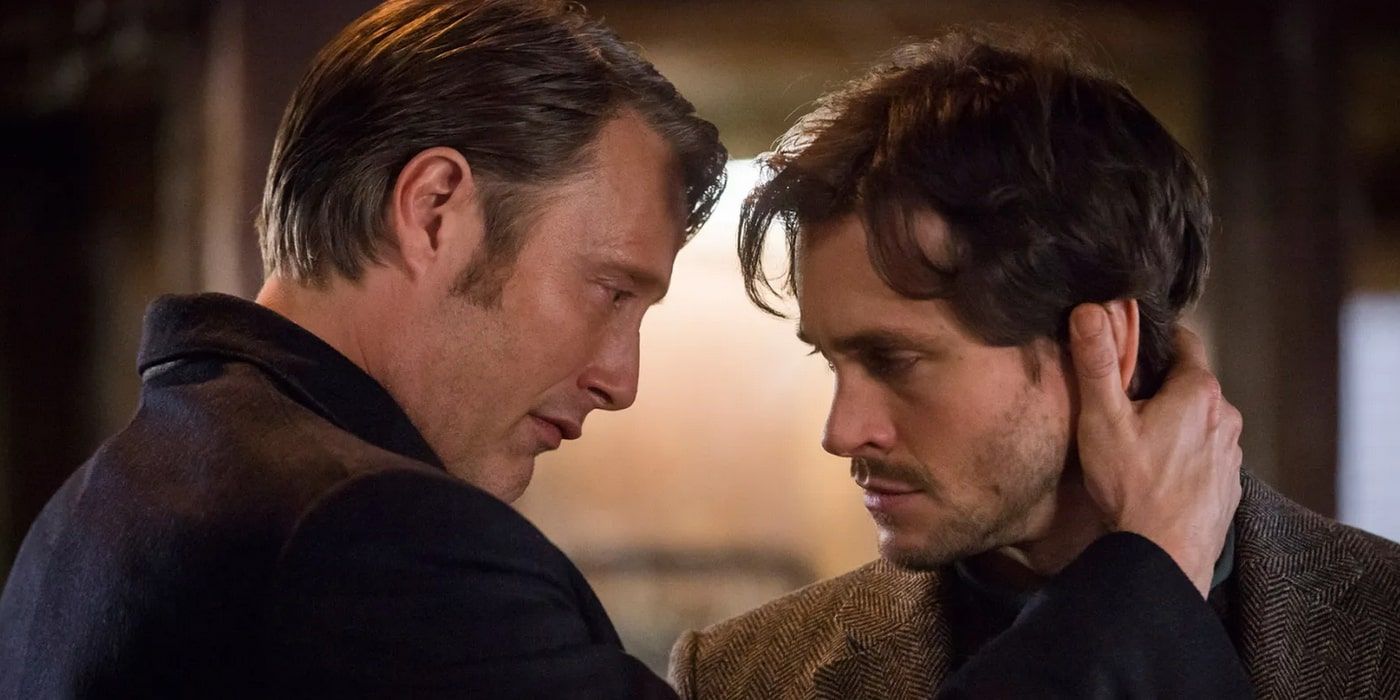
We often conceptualize horror as an external threat – the monster in the closet, the slasher in the woods. Yet, some of the most profound terrors reside within the intricate, often corrupted, landscapes of the human mind.
Bryan Fuller’s Hannibal (2013-2015) is not simple a television series; it is a meticulous, deeply unsettling, and tragically beautiful psychoanalytic case study, played out across thirty-nine hours of cinematic depravity. For the academic eye at horrorpsych.us, this is a rare opportunity to observe, in excruciating detail, the symbiotic relationship between pathology and empathy, and the chilling potential for one to consume the other.
Our primary subject, Dr. Hannibal Lecter (Mads Mikkelsen), presents as a highly intelligent, cultured, and remarkably composed individual. His façade of urbane sophistication, however, conceals a profound, almost artistic, psychopathy. Diagnostically, he demonstrates a complete lack of empathy, a grandiose sense of self-worth, and a calculated, instrumental approach to interpersonal relationships. His acts of cannibalism are not merely for sustenance; they are ritualistic expressions of dominance, judgment, and a perverse form of intimacy, consuming the essence of those he deems “rude” or unworthy. He operates with an internal logic that, while morally reprehensible, is chillingly consistent within his own framework.

The true fascination, and the core of the show’s psychological horror, lies in his relationship with Will Graham (Hugh Dancy). Graham, an FBI profiler with a unique, almost crippling, gift of “pure empathy,” possesses the ability to fully inhabit the minds of killers. This cognitive empathy, while invaluable for law enforcement, renders him profoundly vulnerable. He can understand, but he cannot un-feel. His inherent sensitivity is both his strength and his fatal flaw, making him the perfect subject for Lecter’s most ambitious psychological experiment.
Lecter’s treatment of Graham is a masterclass in gaslighting and pathological manipulation. He systematically dismantles Graham’s sense of self, blurring the lines between Graham’s own empathetic capacity and Lecter’s inherent pathology. The objective is not merely to corrupt, but to co-create, to sculpt Graham into a mirror image, a “becoming” that reflects Lecter’s own twisted philosophical and aesthetic ideals. This dynamic—the predator nurturing a reciprocal, if unholy, understanding with his prey—is rarely explored with such nuance. Graham’s progressive psychological fracturing, his visual and auditory hallucinations, and his increasing identification with the killers he pursues, are direct results of this sustained, insidious influence.

The secondary characters, such as Dr. Alana Bloom (Caroline Dhavernas), Jack Crawford (Laurence Fishburne), and Dr. Bedelia Du Maurier (Gillian Anderson), serve as diagnostic foils and unfortunate participants in Lecter’s grand design. Bloom, initially a student of Lecter’s, represents the intellectualization of evil, slowly coming to terms with the true nature of the monster she once admired. Crawford, the pragmatic lawman, is continually outmaneuvered, his attempts to capture Lecter hindered by his inability to comprehend such profound deviance. Du Maurier, perhaps the most fascinating, embodies a chilling complicity, a knowing witness drawn by curiosity and a perverse sense of survival into Lecter’s orbit. Her observations, delivered with detached precision, often serve as chilling meta-commentary on the events unfolding.
The show’s aesthetic, often described as “gourmet horror,” is psychologically significant. The grotesque acts of murder are transformed into exquisite, almost beautiful, culinary presentations. This artistic framing of violence serves to normalize, even aestheticize, the depraved. It reflects Lecter’s own high-functioning psychopathy, where chaos and control, horror and beauty, are inextricably linked within his highly ordered internal world. It forces the viewer into a similar position of uncomfortable appreciation, challenging their own moral boundaries.

In its ultimate arc, Hannibal culminates not in a clear victory of good over evil, but in a profound, tragic embrace of shared pathology. The final fall from the cliff, a literal and metaphorical leap into the abyss, signifies a complete fusion of predator and prey, a terrifying codependency where each has irrevocably altered the other. It is the chilling realization that some bonds, even those born of manipulation and violence, can become the most enduring.
Hannibal serves as a stark reminder that the most dangerous monsters are often the ones who understand us best, who can articulate our deepest fears and desires, and who can, with surgical precision, dissect our souls until there is nothing left but a reflection of their own exquisite darkness. It is a show that invites us to gaze into the abyss, only to find the abyss gazing back, exquisitely adorned and offering a last, lingering taste of human flesh.





